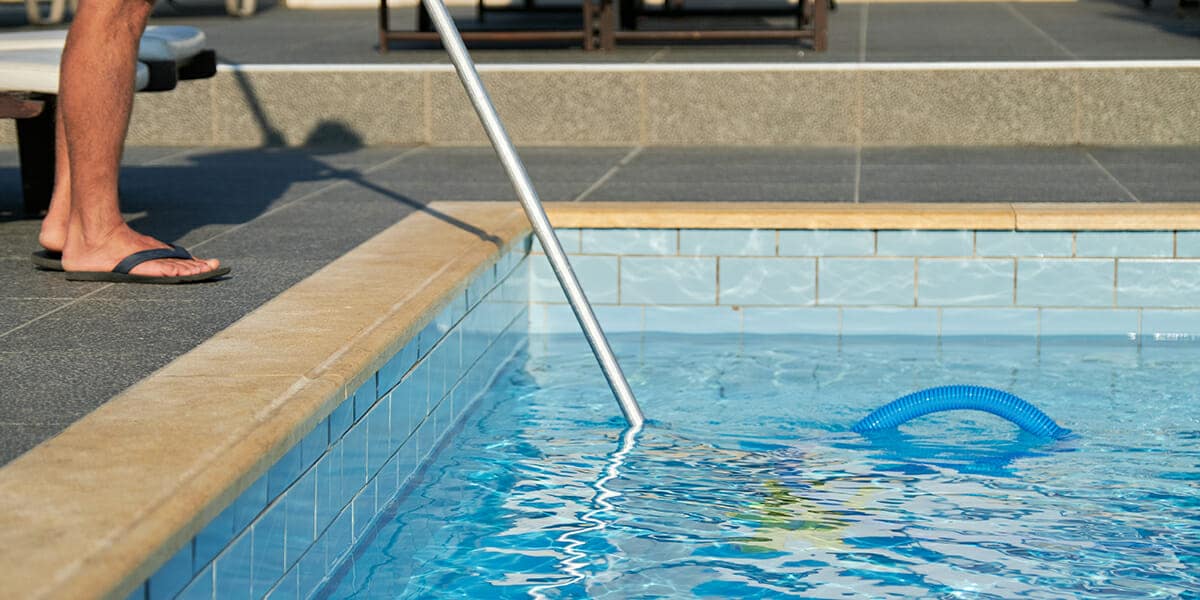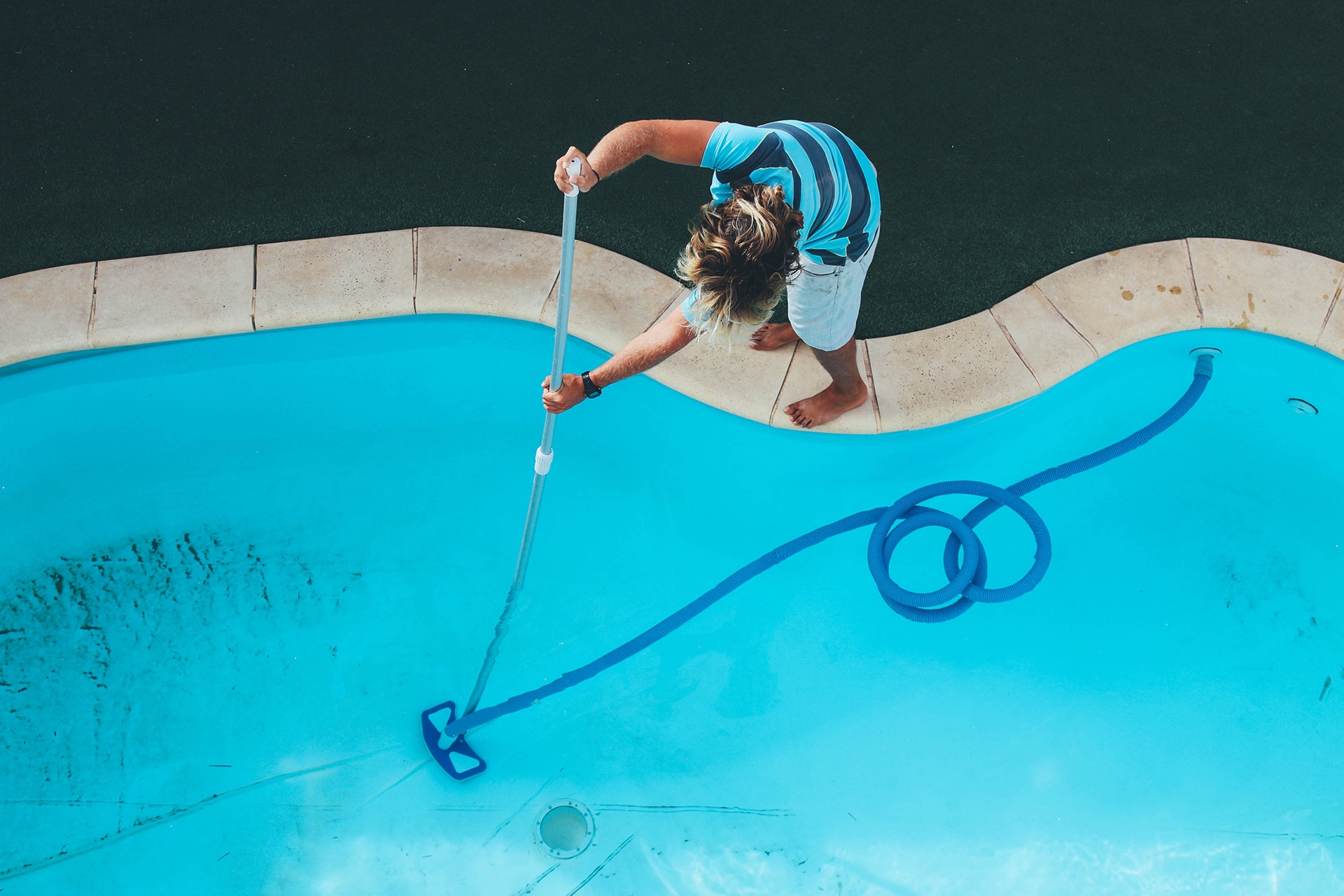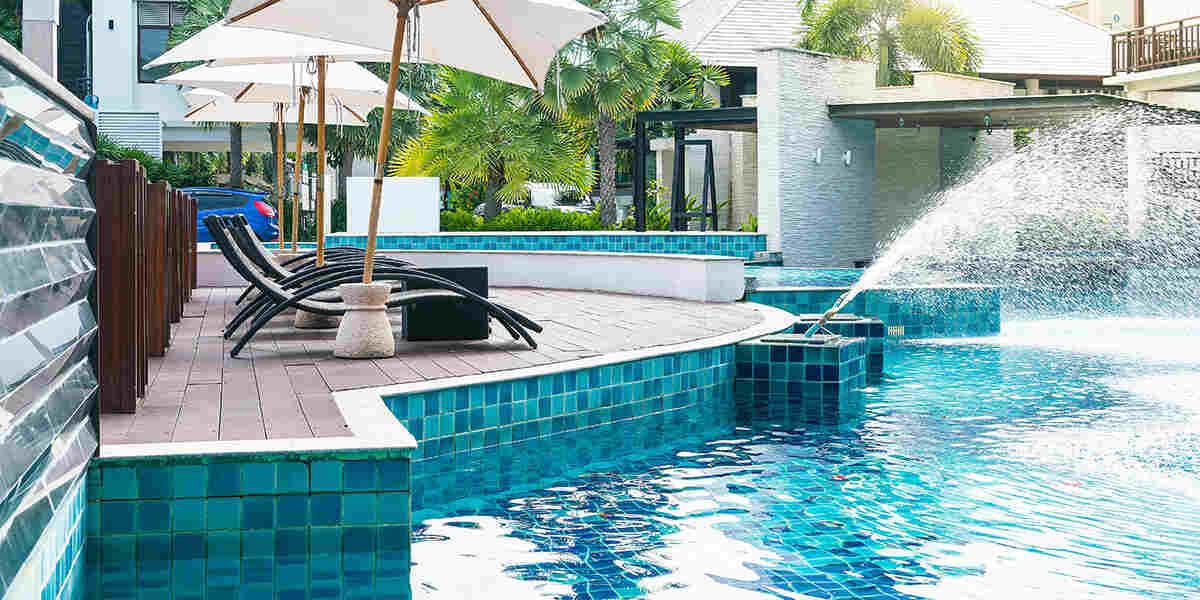Owning a swimming pool is a wonderful luxury, providing endless opportunities for relaxation, exercise, and family fun. However, maintaining your pool to ensure it remains in top condition requires regular attention and sometimes significant upkeep. One of the critical aspects of pool maintenance is knowing when your pool needs resurfacing. This blog will explore the signs that indicate it’s time to resurface your pool, the benefits of doing so, and what the process entails.
What is Pool Resurfacing?
Pool resurfacing involves applying a new finish or coating to the interior surface of a swimming pool. Over time, the original surface can deteriorate due to wear and tear, chemical imbalances, weather conditions, or simply age. Resurfacing restores the pool’s appearance, smoothness, and functionality, ensuring a safe and enjoyable swimming experience.
Key Benefits of Pool Resurfacing
- Enhanced aesthetics: A fresh, clean surface revitalizes your pool’s appearance.
- Improved durability: The new surface provides better resistance against cracks, stains, and other damage.
- Smoother texture: A resurfaced pool offers a smooth, comfortable feel.
- Easier maintenance: The new surface is easier to clean and maintain.
Signs Your Pool Needs Resurfacing
Recognizing when your pool needs resurfacing can save you from more significant, costly repairs down the line. Here are some common signs to look out for:
1. Visible Cracks and Chips
Cracks and chips on the pool surface are more than just cosmetic issues; they can indicate underlying structural problems. If left unattended, they can lead to leaks and more extensive damage.
2. Rough or Abrasive Texture
A rough texture can cause discomfort or injuries to swimmers. It often results from the erosion of the pool’s surface material and is a clear sign that resurfacing is needed.
3. Stains That Won’t Come Out
Persistent stains, despite thorough cleaning, indicate that the surface material is deteriorating. This often happens due to chemical imbalances or age and requires resurfacing to restore the pool’s appearance.
4. Excessive Water Loss
If your pool loses water more quickly than usual, it might be due to cracks or leaks in the surface. Resurfacing can address these issues and prevent further water loss.
5. Fading or Discoloration
Over time, the pool surface can fade or discolor, making it look old and uninviting. Resurfacing restores the vibrant color and appeal of your pool.
6. Outdated Appearance
An outdated pool surface can detract from the overall look of your backyard. Modern resurfacing options can give your pool a fresh, contemporary look.
The Pool Resurfacing Process
Understanding the pool resurfacing process can help you prepare and know what to expect. Here’s a step-by-step breakdown:
Step 1: Draining the Pool
The first step in resurfacing is draining the pool. This allows for a thorough inspection of the pool’s interior surface and the removal of any debris or old surface material.
Step 2: Surface Preparation
After draining, the old surface is prepared by sanding, etching, or priming. This ensures that the new surface will adhere properly.
Step 3: Applying the New Surface
The new surface material, such as quartz, pebble, or glass beads, is applied. Each material offers different benefits:
- Quartz Surface: A mix of quartz aggregate and polymer-modified cement, providing strength and water resistance.
- Pebble Surface: A blend of durable pebbles and aggregates, offering a strong, textured finish.
- Glass Bead Surface: Combines standard pool finish materials with glass beads, creating a striking mosaic look.
Step 4: Curing and Filling
Once the new surface is applied, it needs time to cure. After curing, the pool is filled with water, and the chemical levels are balanced.
Choosing the Right Surface for Your Pool
Selecting the right surface material for your pool is crucial for both aesthetics and functionality. Here are the main types of pool surfaces to consider:
Quartz Surface
- Description: Made of quartz aggregate and polymer-modified cement.
- Benefits: Strong, water-resistant, and aesthetically pleasing.
Pebble Surface
- Description: Durable pebbles and aggregates.
- Benefits: Long-lasting, offers good traction, and a natural look.
Glass Bead Surface
- Description: Standard pool finish materials combined with glass beads.
- Benefits: Visually striking, durable, and easy to maintain.
Comparing Pool Surfaces
| Surface Type | Durability | Aesthetic Appeal | Maintenance |
|---|---|---|---|
| Quartz | High | Moderate | Easy |
| Pebble | Very High | High | Moderate |
| Glass Bead | High | Very High | Easy |
Enhancing Your Pool with Resurfacing
Pool resurfacing is not just about fixing problems; it’s also an opportunity to enhance your pool with new features and designs. Here are some ideas to consider:
Upgrading the Filtration System
Improve water quality and energy efficiency by upgrading your pool’s filtration system during the resurfacing process.
Adding Water Features
Consider adding features like cascading waterfalls, elegant fountains, or bubbling jets to create a tranquil atmosphere.
Creating a Comfortable Poolside Area
Design a comfortable seating area with shade options and maybe a fire pit for cozy evenings by the pool.
Prioritizing Safety
Install updated safety features like pool covers, alarms, and proper fencing to ensure a safe swimming environment.
Personalizing Your Pool
Incorporate vibrant colors, decorative patterns, and modern materials to personalize your pool and make it unique.
Frequently Asked Questions
What is Pool Resurfacing?
Pool resurfacing is the process of applying a new finish or coating to the interior surface of a swimming pool to restore its appearance, smoothness, and functionality.
How Do I Know If My Pool Needs Resurfacing?
Signs that your pool needs resurfacing include visible cracks, rough texture, persistent stains, excessive water loss, fading or discoloration, and an outdated appearance.
What Should I Expect After Pool Resurfacing?
After resurfacing, you can expect enhanced aesthetics, improved durability, smoother texture, and easier maintenance.
Why is Pool Resurfacing Important?
Resurfacing is crucial for safety, longevity, aesthetics, and maintaining the value of your property.
How Much Does It Cost to Resurface a Pool?
The cost of resurfacing a pool varies depending on factors such as pool size, type of finish, extent of repairs, and location. It’s best to get a personalized quote from a professional.
Can a Swimming Pool Be Repaired Instead of Resurfaced?
Yes, many issues with old pools can be repaired. However, resurfacing is often a more comprehensive solution for long-term durability and aesthetics.
Conclusion
Understanding when your pool needs resurfacing and taking action promptly can extend the life of your pool, enhance its beauty, and ensure a safe and enjoyable swimming experience for years to come. Whether you’re dealing with visible cracks, a rough texture, or an outdated appearance, resurfacing can provide a fresh start for your pool. If you have any signs that your pool needs attention, don’t hesitate to consult with a professional and explore your resurfacing options. With the right approach, your pool can be transformed into a stunning centerpiece that adds value and enjoyment to your backyard.
By following these guidelines, you can ensure your pool remains a place of relaxation and fun, ready to create more wonderful memories with family and friends.






